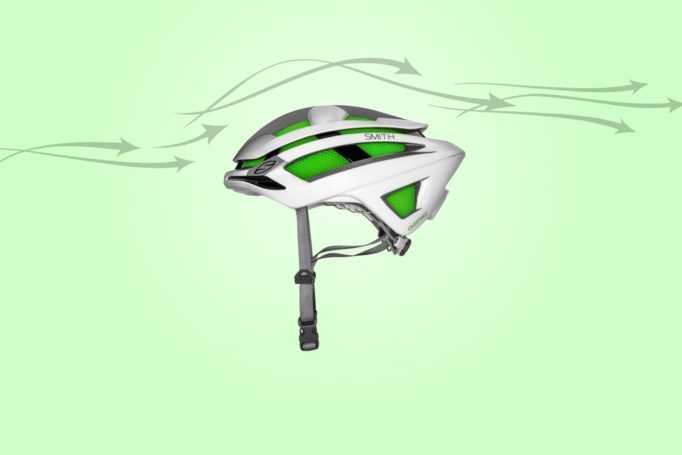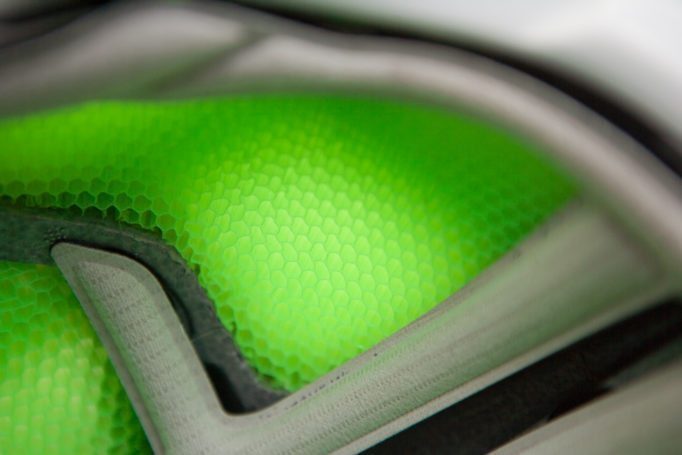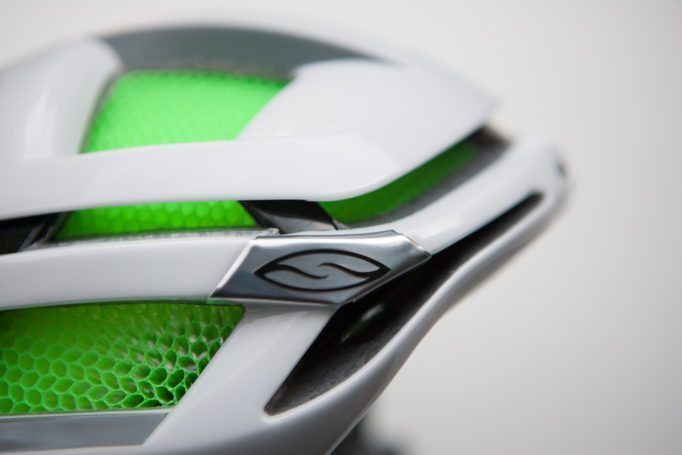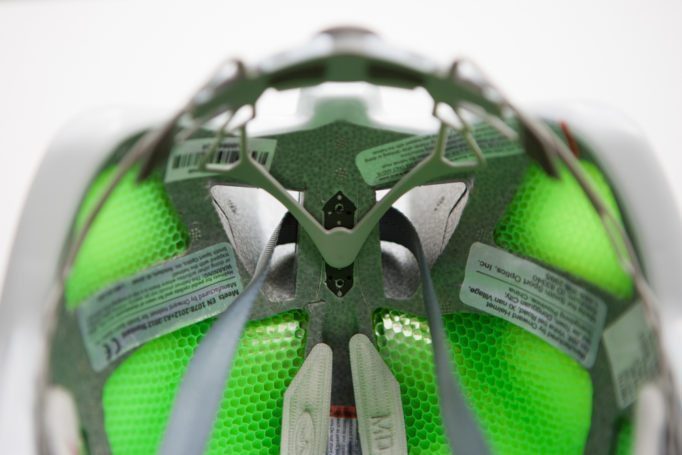Smith Overtake Helmet
Smith Overtake Helmet
Josh Ross
Smith Overtake Helmet Review
In today’s cycling landscape, a new performance metric has been introduced. It hasn’t replaced lightweight, or stiffness for that matter, but it’s literally reshaping the market. The new metric is aero.
The tricky thing about this new metric is that unlike how stiff or light something is, you can’t easily measure it. It’s absolutely a marketer’s dream because you have to take their word for it. A company produces a new product and tells you it’s more aero than before and more aero than the competition, and you have to choose to either believe them or not. That’s a tricky place to be. Luckily for the consumer, many of the aero claims out there come as a value added proposition. You don’t lose anything and you stand the potential to gain something, so why not?
That’s definitely the place I think the Smith Overtake helmet finds itself. It’s a great helmet for a lot of reasons, and the aero is an added value. Even if you gained nothing in terms of aerodynamics, this would still be a helmet I’d recommend. That’s good because when you are considering spending $250 on a helmet, essentially the top of the range for most manufacturers, you don’t want to be relying on one feature that you can’t measure yourself. So lets talk about some of the features that this helmet brings to the table and what makes it great.

The very first thing I noticed when I put it on is how thin it is. What I mean is the thickness of the shell between your fingers, or on top of your head. The weird thing is that I checked it in comparison to my old Giro helmet, a mid-range model that sells for around $100, and I found that the Smith really isn’t any thinner. And yet, it definitely feels thinner both in your hands and on your head. I figure it’s probably because where a traditional helmet has lots of undulations, the Overtake is very sleek and smooth. Also, instead of using traditional impact foam, the Overtake is primarily constructed of something called Koroyd. Imagine you took a handful of straws and turned them so that you were looking into them. That’s what the Koroyd structure looks like. It’s rigid, though, not soft like straws would be. This is actually something I really like about this helmet. I love when people ask me about it, and I get to tell them about it’s unique features. It’s a helmet unlike anything else on the market, and it’s from a brand that isn’t typically associated with road bike helmets. You’ll have to decide how you feel about that, but personally, I like being a little different.
A small bonus that doesn’t actually have any bearing on how it performs is that Team Orica Greenedge was riding with these helmets. As much as we sometimes pretend to be immune to those kinds of subtle things, I’ll go ahead and just admit that I’m not immune to enjoying that I’m riding with the same gear as a pro team. What can I say? Sometimes it’s the little things that help you dig just a little more when you need it most, and feeling good about the gear you are using certainly doesn’t hurt.
Getting back to more tangible things, though, I find the webbing used for the straps to be much nicer quality than you’d find on a cheaper helmet, and the retention system on the back both feels great against your head and does a great job of keeping the helmet in place. Adjusting the straps was much, much easier than other helmets I’ve used, and I was able to get a very secure fit without feeling strangled. I’ve got it tight enough that if I stop to eat, I’ll typically pop the strap off, but when I’m riding I completely forget it’s there. With the Giro, I struggled for a long time to get it adjusted, but with the Smith it took me about 5 minutes of fiddling to feel like it was really secure. When I was done, it felt more secure and there wasn’t a big excess of extra strap that I’m supposed to cut off. You might not adjust your helmet that often, but it’s really nice that it’s easy to do.
It’s also nice that they’ve thought of the little details. The finish to the end of the straps, the way the extra strap is held in place, and the feeling of the straps against your skin might not ultimately make or break a helmet, but it sure feels good when a company thinks that stuff through. As far as the padding, I won’t say much because I forget it’s there. The helmet feels solid and directly mounted on my head. The padding is not something I ever think about, and I think that’s exactly the way it should be. I will also mention that while I never store my glasses on my helmet – I’ve got photochromic lenses – there is a channel that runs the length of the helmet that does a great job of being a place to store glasses both facing forward and facing back depending on your preference.
So what’s it like to actually ride with?
The first time I rode with it I immediately noticed how light it is. In fact, after that first ride I was prepared to write up this article talking about how nice it is to ride with a super light helmet and why you might want to mostly forget about aero and instead go for a lightweight helmet. When I got back from my ride and compared it to the Giro I noticed something odd. The Giro is 277 grams and the Smith, in size medium, says it’s 270 grams. There is no way that I think I can tell the difference between 7 grams on my head. So why did I think it was super light?
For me, the big thing that made it feel light was the lack of neck strain. My neck doesn’t get as tired and sore when I ride with the Smith as it does with the Giro. Now it could be correlation and not causation, I have no way to tell, but I’m going to say it has to do with the aero qualities of this helmet. I was really surprised that you can actually feel the difference when riding. It’s a bit hard to explain, but it feels like the air disruption happens more behind the helmet than in front of it. There is less buffeting on the front, and the air around the helmet feels much smoother as it interacts with your face. I’m quite sure that I’ve got plenty more gains, as far as speed, to be had in my legs vs some incremental aero gains, but it actually makes it feel better to wear the helmet and it seems to help with pressure on the neck, so I’ll take it! I will also mention that I’ve seen some reviews of the Overtake being a bit hot in the heat and on climbs but I didn’t experience that at all. I found it to vent just fine and generally feel as cool as any helmet I’ve used.
The only thing I’d put down that detracts from the helmet is that you can’t scratch your head through the helmet. I ride in the city a lot where I have to stop from time to time and it seems like there is always some little itch under my helmet, any helmet, when I come to stop and have to wait for a light. The Overtake has no direct access through the helmet and so you’ll just have to deal with an itch. On the other hand, you’ll never get a bee stuck in your helmet, something I’ve had happen before in the Giro, so I guess you win some and you lose some.

Overall, I would absolutely recommend this helmet. It looks great, it’s unique, it’s comfortable, it’s well thought out, and it’s aerodynamic. I race in a non-aero time trial category and this helmet is legal for racing, so I get some of the advantage of a full TT helmet while still falling within the rules. I also get a helmet that feels great on my head and neck when I’m training. This is a fantastic helmet from my point of view.
Smith Overtake $250 / £200
Smith Optics
Smith UK (Saddleback)
[rps-include blog=127.0.0.1 post=30118]









1 Response
[…] year, I reviewed the Smith Overtake helmet and at the time I had good things to say about it. Now more than a year later, I can say […]